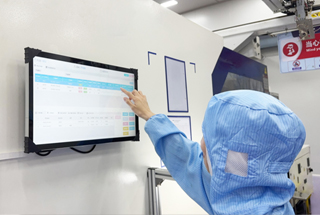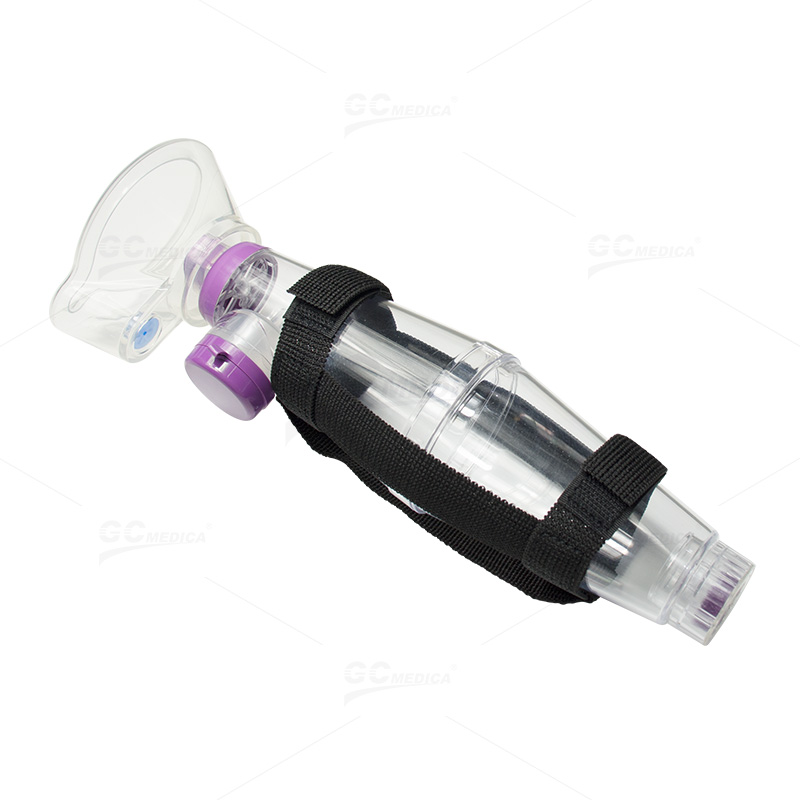A Metered Dose Inhaler (MDI) spacer is an essential accessory designed to improve the delivery and effectiveness of aerosolized medication. By reducing coordination difficulties and enhancing drug deposition in the lungs, MDI spacers play a critical role in managing respiratory conditions such as asthma and chronic obstructive pulmonary disease. This review examines various types of MDI spacers and highlights key features to help you make an informed decision.
 GCMEDICA MDI Spacer Online Promotion>
GCMEDICA MDI Spacer Online Promotion>
Types of MDI Spacers
Standard Spacers:
Standard spacers typically consist of a single chamber designed to hold the medication released from the inhaler. These are favored for their simplicity and effectiveness in reducing oropharyngeal deposition. Their straightforward design allows for easy cleaning and routine maintenance.
Valved Holding Chambers:
Valved holding chambers incorporate a one-way valve system that controls the flow of medication, ensuring that the patient inhales a consistent dose. This design minimizes the loss of drug into the environment and helps in achieving optimal lung deposition. Valved spacers are particularly beneficial for patients who struggle with coordinating inhalation and actuation.
Facemask Spacers:
Facemask spacers are designed for patients who have difficulty using mouthpieces, such as young children or individuals with certain disabilities. These models come with a soft, adjustable facemask that fits securely to ensure effective delivery of the medication. They are a practical solution in both clinical and home settings.
Compact and Portable Spacers:
For patients on the go, compact and portable spacers offer convenience without sacrificing performance. These models are lightweight and designed to fit into a pocket or bag, making them ideal for travel or everyday use.
Key Features of MDI Spacers
Ease of Use:
A user-friendly design is critical to ensure proper medication delivery. Look for spacers with clear markings for inhalation and proper mouthpiece dimensions that match the patient's anatomy.
Material Construction:
Spacers are usually made from plastic that is durable, lightweight, and easy to clean. Transparency is an added benefit as it allows the user to see the medication within the chamber, ensuring that the dose has been properly dispensed.
Effective Valve Design:
For valved holding chambers, the valve mechanism is a key feature. An efficient valve system will minimize drug loss and prevent exhaled air from entering the chamber, thereby maintaining the optimal dose for inhalation.
Compatibility:
Ensure that the spacer you choose is compatible with your MDI. Universal compatibility is ideal, especially in facilities where different inhalers may be used.
Maintenance and Cleaning:
Regular cleaning is necessary to maintain the spacer's effectiveness and prevent the buildup of residue. Models that are easy to disassemble and clean are preferable, as they contribute to consistent performance over time.
Clinical Benefits
Using an MDI spacer improves medication delivery, reducing the risk of side effects from oropharyngeal deposition and enhancing overall respiratory therapy outcomes. These devices are particularly valuable for patients who have difficulty synchronizing the actuation of an inhaler with inhalation. By optimizing drug delivery to the lungs, spacers can lead to better control of respiratory symptoms and improved patient adherence to treatment.
Conclusion
Selecting the right MDI spacer is paramount for enhancing inhaler therapy. By understanding the different types—from standard and valved holding chambers to facemask and portable models—and their key features, healthcare providers and patients can optimize treatment outcomes. Consider ease of use, material quality, valve efficiency, and maintenance when evaluating options. An informed choice not only maximizes medication delivery but also contributes to a more effective management of respiratory conditions.


 Français
Français Español
Español Products
Products

 About Us
About Us












